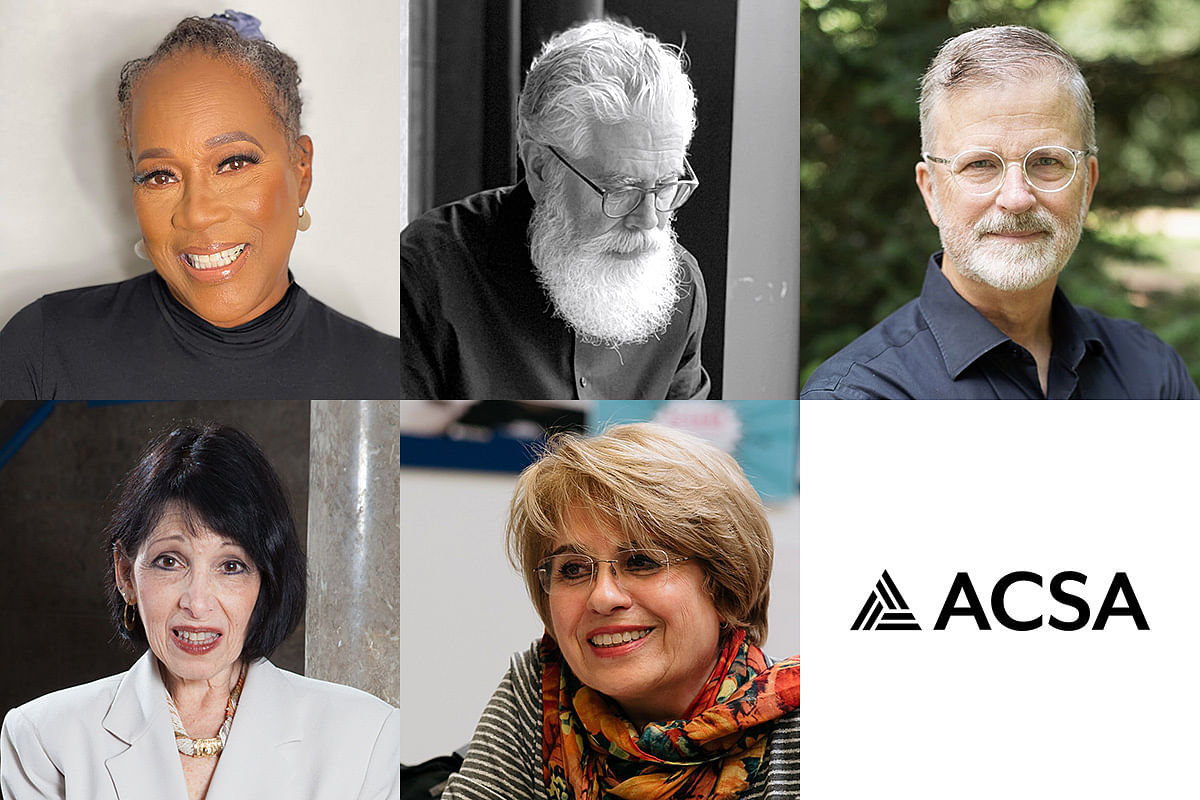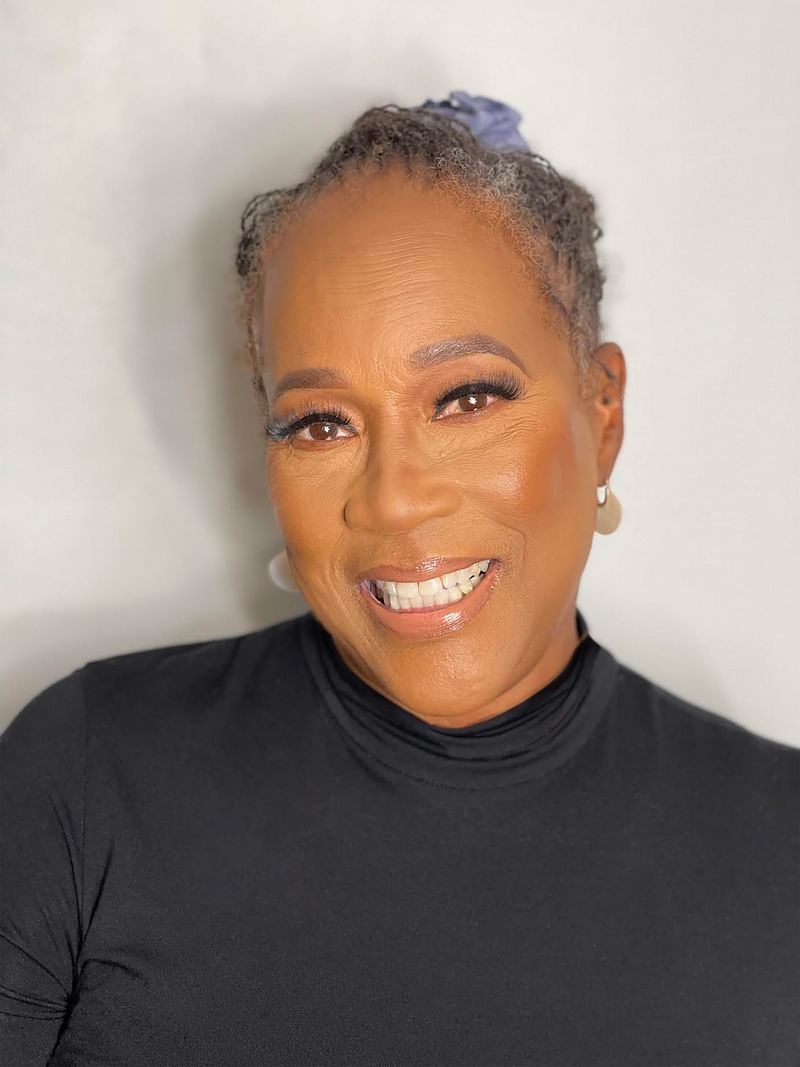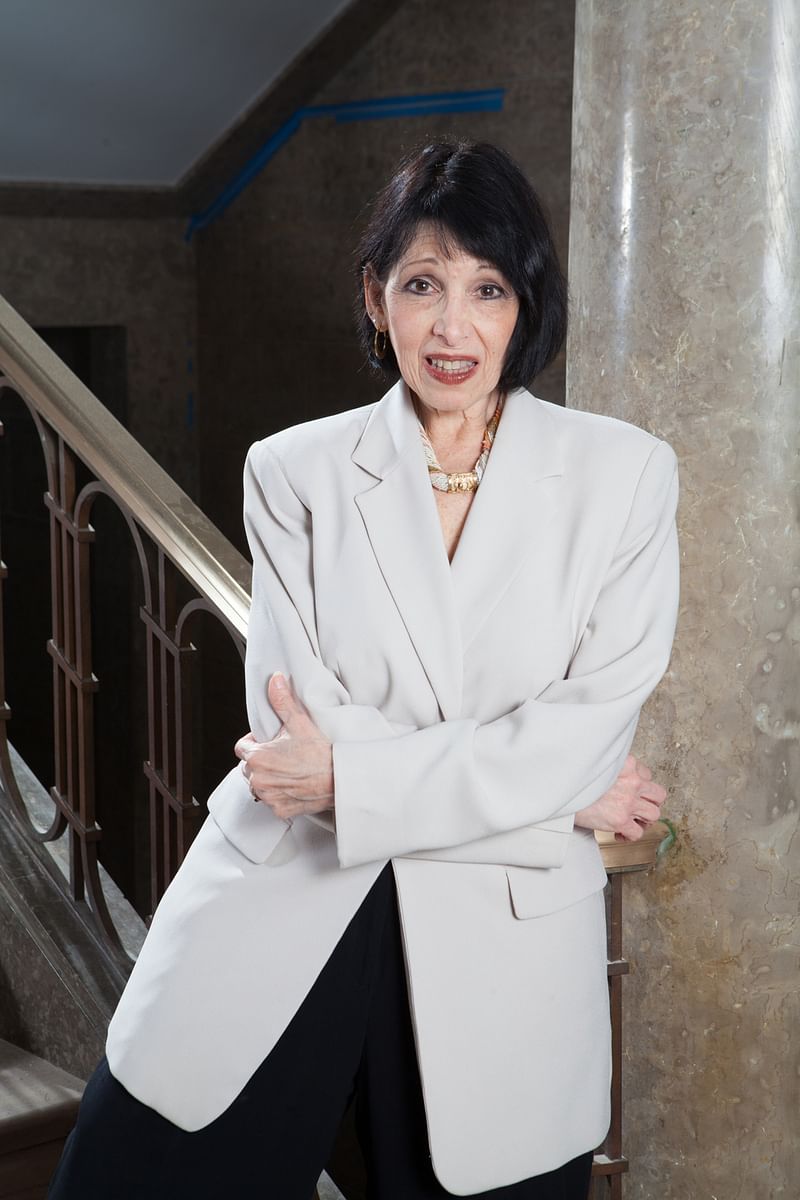Here are the ACSA's 2022 Distinguished Professor Award winners
By Josh Niland|
Tuesday, Apr 5, 2022

Related
The Association of Collegiate Schools of Architecture (ACSA) is continuing its yearly awards process with the naming of its coveted Distinguished Professor Award winners.
Five academics were honored by the organization for their contributions to the academic environment across the combined areas of teaching, scholarship, and service.
The award is meant to recognize “individuals that have had a positive, stimulating, and nurturing influence upon students," and scholarly achievement that has “produced a body of work that advances understanding of architecture and/or architectural education.” Faculty members with more than ten years of experience were eligible for the nominations-based contest that is limited to full- and candidate-member schools.
This year’s list of recipients includes a noteworthy writer and critic, the founder of an influential industry group, a National Endowment for the Arts fellow, and more. Additional information about the jury and awards can be found here. Scroll down to read more about the 2022 honorees.
LaVerne Wells-Bowie | Florida Agricultural and Mechanical University

Bio: "LaVerne Wells-Bowie is a recent Professor Emeritus, having taught at Florida A&M University’s School of Architecture for 30 years. Her career in architecture was preceded by 12 years of practice as a textile designer with a BFA earned at California College of the Arts (CCA). As a graduate student in Architecture at UC Berkeley she developed an interest in culture, context and community through investigations of her own familial roots in the Gullah Sea Islands. These dynamics thus shaped Professor Wells-Bowie’s teaching and scholarship; culture and the built environment and art as a referent of architecture. Professor Wells-Bowie became an early, leading architectural educator and scholar in the realm of African American and Afro Caribbean environments. Her work involving the presence and impacts of Diasporic culture in the built environment has specifically influenced that focus in the discipline. Students in her courses have studied in places that architecture schools seldom or ever visit. In addition to the Gullah Sea Islands, Professor Wells-Bowie organized and led studies abroad tours as well as international semester courses in six Caribbean countries. Some course content also exposed students to her academic investigations in five African countries and Brazil. Professor Wells-Bowie has been honored as a Fellow of the National Endowment for the Arts, National Endowment for the Humanities, Fulbright and McKnight Foundations. Her research has been published internationally and works of art exhibited in local and national galleries. Some of that work has focused on how ordinary women in vernacular settings have shaped buildings and spatial traditions. Recently her creative interests have re-engaged fiber arts. LaVerne is currently completing a series of Cameos that deconstruct the gaze of social, political and environmental milieus in which Black women of note have been and presently are on view."
Michael J. Crosbie | University of Hartford

Bio: "Michael J. Crosbie has made significant contributions in architectural criticism, research, education, and practice during his nearly forty-year career. He is the sole author or editor of, or contributor to, more than 75 books on architecture, including five books for children. Crosbie has served as an editor at Architecture: The AIA Journal and Progressive Architecture, and was editor-in-chief of Faith & Form: The Interfaith Journal on Religion, Art, and Architecture. He has published hundreds of articles on architectural design, practice, and education, and is a regular contributor to ArchDaily and Common Edge. His work has been recognized with several awards for his writing, including the Edward S. Frey Memorial Award in Recognition of the Contributions Made to Religion, Art, and Architecture, bestowed by the American Institute of Architects. In 2012 he was elected to the AIA’s College of Fellows. Crosbie is Professor of Architecture at the University of Hartford, as well as the former Chair of the Department of Architecture, Graduate Program Director, and Associate Dean of the College of Engineering, Technology, and Architecture. He has been an Adjunct Professor at Roger Williams University and at Catholic University, where he was the 2015 Walton Critic and Professor in Residence in the Sacred Space and Cultural Studies program. Crosbie has been an invited lecturer and visiting critic at architecture schools in North America and abroad, such as the University of California (Berkeley), the University of Pennsylvania, Columbia University, Yale University, the University of Notre Dame, Hochschule Wismar (Germany), and the Moscow Architectural Institute. Crosbie studied architecture and received his Doctor of Philosophy from Catholic University. He has practiced architecture with Centerbrook Architects and Planners and Steven Winter Associates, is a registered architect in Connecticut, and a Board Member of the Connecticut Architecture Foundation; the Architecture, Culture, and Spirituality Forum; and Sharing Sacred Spaces."
David Hinson | Auburn University

Bio: "Community service and advocacy have underpinned David Hinson’s forty-year career as an architect and teacher. Since his early career in Philadelphia, Hinson has worked to mobilize the talents and energy of his professional peers and students to effect meaningful community change, and he has used leadership roles in almost every significant organization of the profession to champion these values. Hinson’s teaching approach is centered on helping his students achieve their full potential as architects, leaders, and change agents. He focuses on students’ success inside and outside the classroom, championing a learning culture that places students’ growth and development first. Hinson pushed the AIA to become more responsive to the needs and interests of young professionals by helping to establish the Young Architects Forum in 1991. As an ACSA Director, Hinson helped broaden the capacity of the organization to serve its members by helping establish the Education, Leadership, and Research & Scholarship committees. As a NAAB Director Hinson played key roles in crafting the collaborative approach leading to the drafting of the 2020 Conditions and Procedures, and he has helped NCARB refine the structures of IDP (AXP) to better serve emerging professionals and update its Model Rules of Conduct to better address practice in the 21st Century. Since co-founding Philadelphia’s Community Design Collaborative thirty years ago, Hinson has worked to nurture a commitment to community service in his students and mobilize his professional peers to action in service of the under-served. Hinson has led a twenty-year partnership with Habitat for Humanity, providing his students with high-impact design-build learning experiences and elevating Habitat’s understanding of the role of design and building performance in its mission to serve low income families. Hinson co-authored Designed for Habitat; Collaborations with Habitat for Humanity (Routledge,) which highlights how architects across the country are effecting similar change."
Mitra Kanaani | NewSchool of Architecture and Design

Bio: "From the years of elementary school, music conservatory, to advanced degrees, I aspired to teach as a way of learning and making positive impacts onto people’s lives. As a student, with deep passion and interest for teaching as a way of learning, I had a number of opportunities for teaching throughout my years of schooling. Upon becoming an architect that inherent dormant passion was consequentially rekindled, which drove me towards becoming an architectural academic aside from my practice endeavors. To me, architecture as a creative problem-solving discipline, while abiding by standards of care, creating constructs that interweave with some of the most complex ecological phenomena with complex effects on Earth…is highly intriguing. Educating architectural design demands a heartfelt methodology involving an amalgamated union and reciprocation of poetics, tectonics, sciences, and technological considerations for meaningful pedagogical outcomes that have fascinated me all throughout. Constantly evolving inter-trans-disciplinarity of its knowledge, combined with requisite empirical skills have kept my passion elevated and enflamed towards developing an effective teaching methodology. Throughout the years, I have challenged myself through scholarly endeavors and multifaceted contributions to the discipline of architecture by focusing on teaching design attributions for success, and by constantly striving to generate self-induced pedagogical initiatives towards incentivizing students to pursue excellence. I have strived to exemplify myself by creating effectively inspiring teaching climates, by challenging students to develop a sense of competence, by attributing success to effort rather than ability, and by valuing resilience to failure. I have walked alongside my students in this path for almost three decades, attaining rewarding outcomes in the most unstable career conditions and yet gaining the highest satisfaction as an architecture educator. As a passionately goal-oriented visionary architectural educator engaged in a fledgling private architecture institution, while immersed in its internal challenges and opportunities, I have prioritized my academic career goals wrapped around a broader vision for sustenance of architecture education in the Southwest Pacific-rim and border-region of our country with its uniquely diverse population interested in architectural pursuits. Additionally, as an activist promoting equity and diversity, I have gained a deep satisfaction, by using architecture education as a means to elevate the quality of life of many who have otherwise been deprived of their legitimate universal human right for higher education. My high goals, aspirations and achievements as an architecture educator and mentor have been intertwined with the successes of many aspiring individuals who have envisioned their future career in architecture."
Ethel Goodstein-Murphree | University of Arkansas

Bio: "Ethel Goodstein-Murphree is an Architectural Historian, Professor of Architecture, and Associate Dean of the University of Arkansas Fay Jones School of Architecture and Design where she has taught since 1992. A specialist in American architectural and cultural history, Goodstein’s research focuses on mid-century modernism, the controversies surrounding its preservation, and the importance of placing women in its narrative. In the classroom Goodstein provokes emerging designers to engage the past as a lens through which the wicked problems of the present must be understood. Her former students include an Alice Davis Hitchcock Book Award winner, the director of the Ian McHarg Center for Urbanism and Ecology, the executive director of the Mayor’s Institute on City Design, five winners of the AIA’s Young Architect’s Award, and recipients of the New York Architectural League’s Emerging Voices Award. Goodstein’s scholarship has told Arkansas’s architectural story to a national audience but her deepest impact has been made through service on historic district commissions in Arkansas and Louisiana, and on the Board of Directors of Preserve Arkansas. Recognition of her accomplishments include an American Institute of Architects Education Honors Award, the Louisiana Preservation Alliance Award for Excellence in Preservation Education, the Tau Sigma Delta Silver Medal, the Arkansas AIA Award of Merit and Preserve Arkansas’s Parker Westbrook Award for Lifetime Achievement. Goodstein received her B. Arch. from the City College of New York, her M.A. in the history of architecture from Cornell University, and her Ph.D. in history of architecture from the University of Michigan. Prior to joining the University of Arkansas, she taught at the University of Louisiana. In service to the profession, Goodstein-Murphree has held leadership positions in the Association of Collegiate Schools of Architecture, the Southeast Chapter of the Society of Architectural Historian, and as a member of the AIA/ACSA Research Council."

RELATED NEWS ACSA honors the 2022 Architectural Education Award winners

RELATED NEWS Toshiko Mori to receive 2019 AIA/ACSA Topaz Medallion


Share
0 Comments
Comment as :